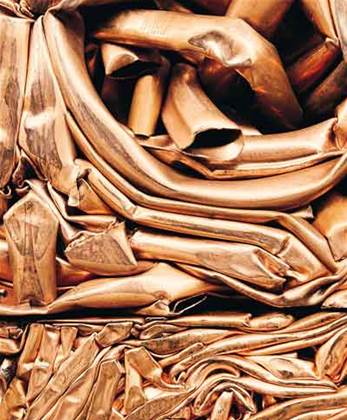US telecommunications vendor Ikanos this week released NodeScale Vectoring which it claimed could deliver broadband speeds of 100 Mbps over existing copper very highspeed digital subscriber line (VDSL) networks.

"Ikanos' NodeScale Vectoring technology will deliver the performance of fibre at one-tenth the cost of fibre-to-the-home," said John Quigley, CEO and president at Ikanos.
It analysed interference between paired copper lines and created "compensation signals" that cancelled out noise, Ikanos said.
In Australia, TransACT operated a VDSL network in the nation's capital linked by fibre-to-the-curb providing "triple-play" services - voice, video, data - to about 55,000 houses. TransACT was upgrading its network to VDSL2 to deliver download and upload speeds of 30 Mbps and 10 Mbps, respectively.
ZTE Corporation was demonstrating its first NodeScale-equipped DSLAM this week at the Broadband World Forum in Paris, France.
Nokia Siemens Networks also trotted out its new "phantom" noise-cancelling DSL technology, which it claimed could deliver speeds 850 Mbps over 400 metres and 750 Mbps over 500 metres of "bonded copper".
But rival Alcatel-Lucent - the first major network equipment provider for Australia's national broadband network - announced its phantom VDSL technology in April promising 300 Mbps over 400 metres and for which it won the broadband innovation gong at the Paris forum.
Alcatel's Bell Labs explained that "phantom mode technology" eliminated interference between copper lines and allowed capacity over individual lines to be aggregated.
Nokia Siemens Networks described it as "virtual channel" that supplemented standard twisted-copper configurations, boosting bandwidth by 50 percent to 75 percent.
The company's head of its broadband access business, Eduard Scheiterer said fibre was a long-term solution for higher speeds but that phantom extended the life of copper networks.
"Phantom circuits help operators provide an efficient last mile connectivity with existing copper wires," he said.


.png&h=140&w=231&c=1&s=0)
_(20).jpg&h=140&w=231&c=1&s=0)





_(26).jpg&w=100&c=1&s=0)

 iTnews Executive Retreat - Security Leaders Edition
iTnews Executive Retreat - Security Leaders Edition










_(1).jpg&h=140&w=231&c=1&s=0)



